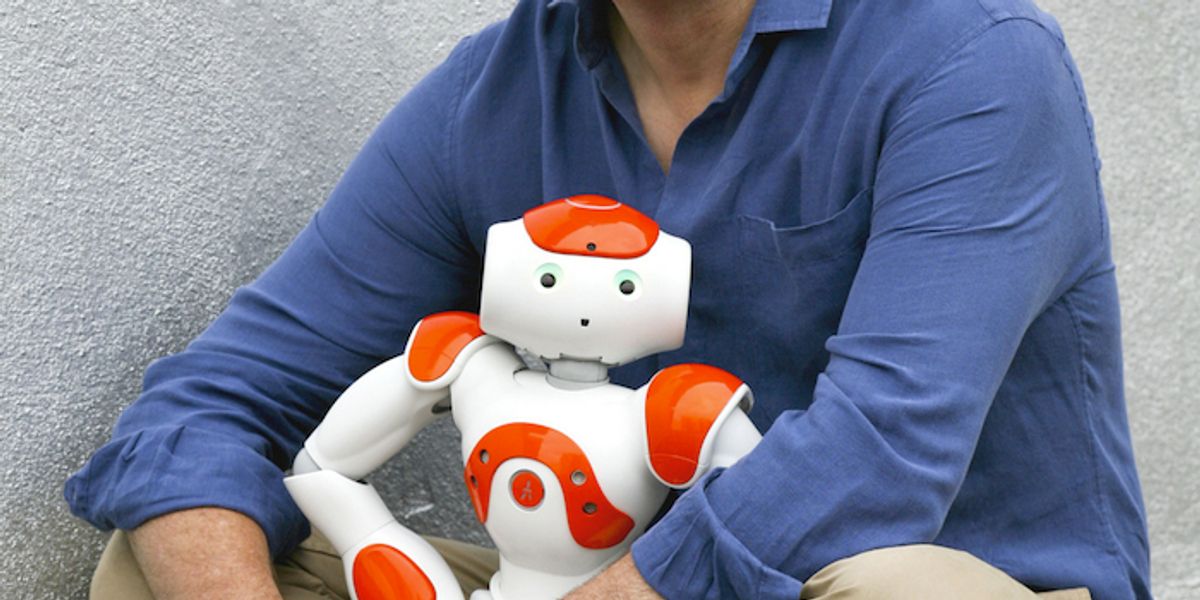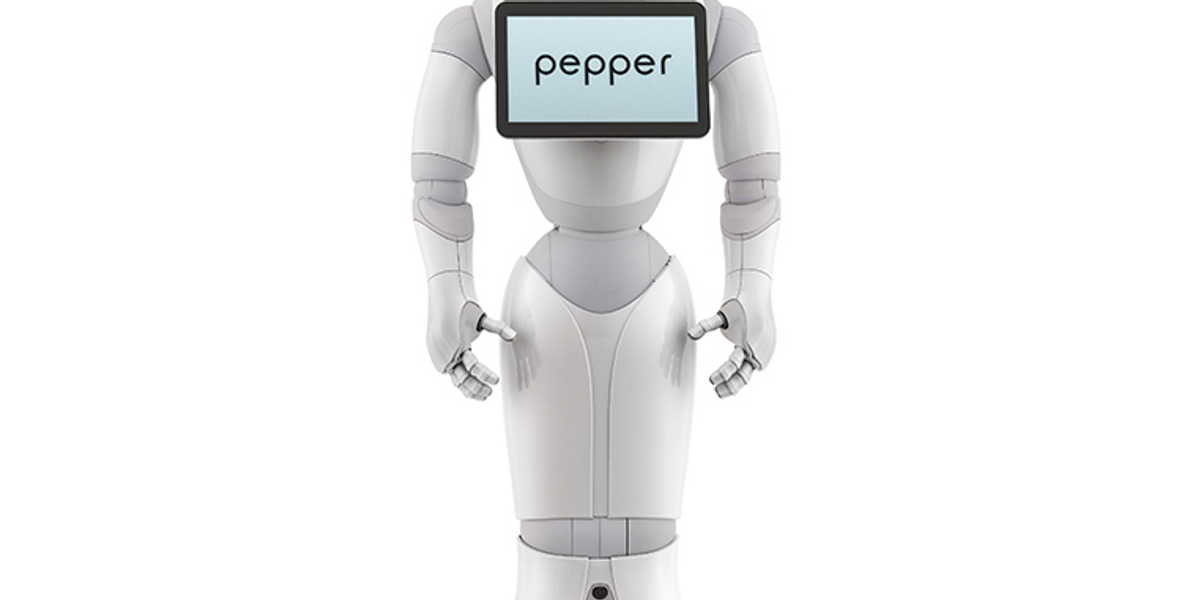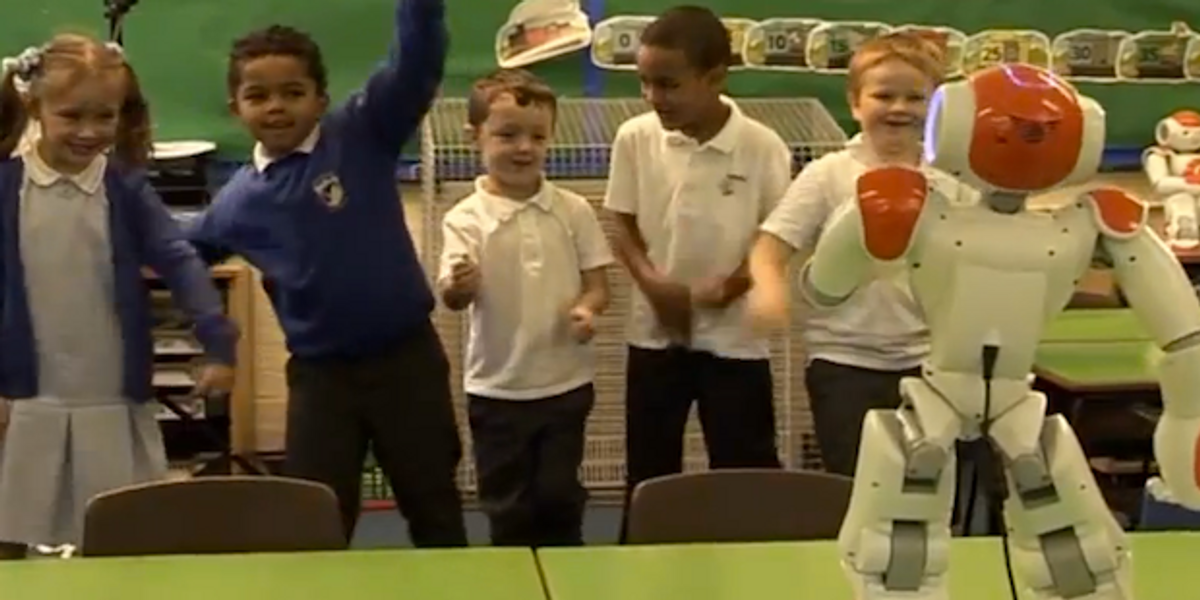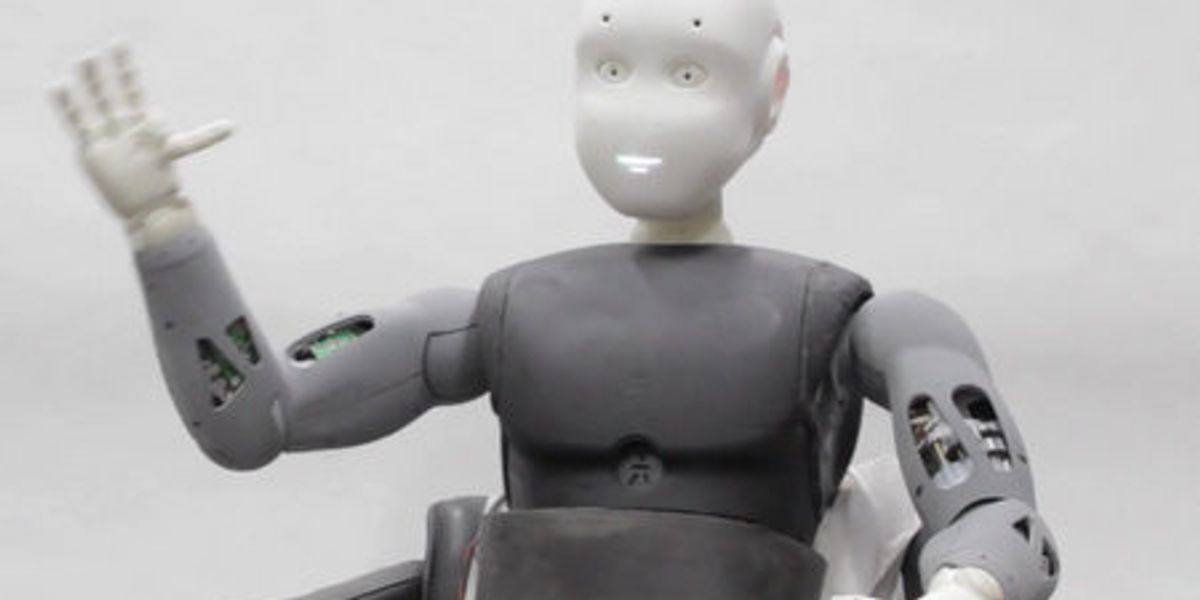Nao
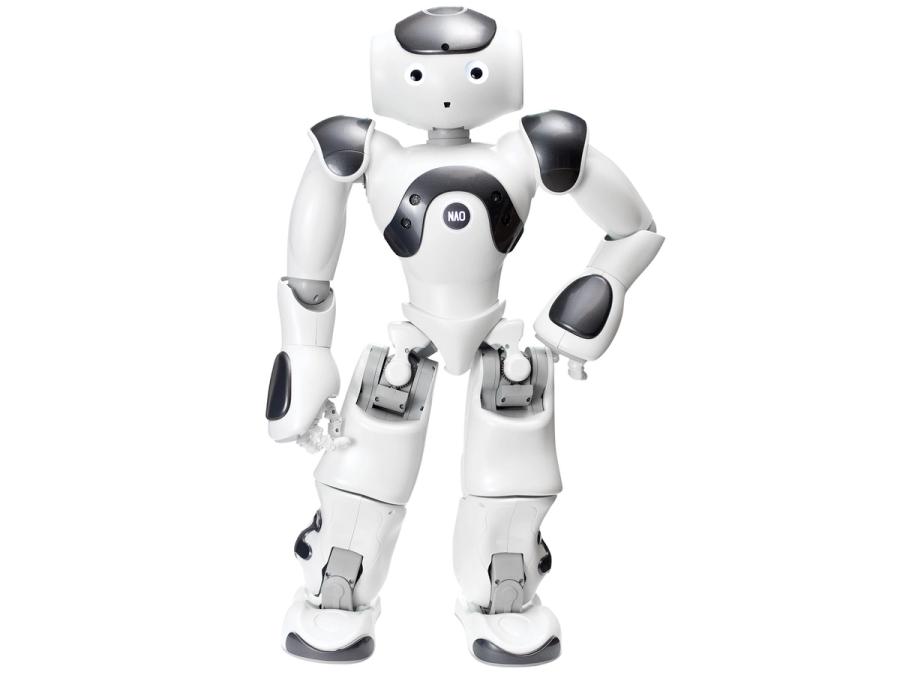
Nao is a small humanoid robot designed to interact with people. It's packed with sensors (and character) and it can walk, dance, speak, and recognize faces and objects. Now in its sixth generation, it is used in research, education, and healthcare all over the world.
Did you know?
More than 13,000 NAO robots are being used in over 70 countries around the world.
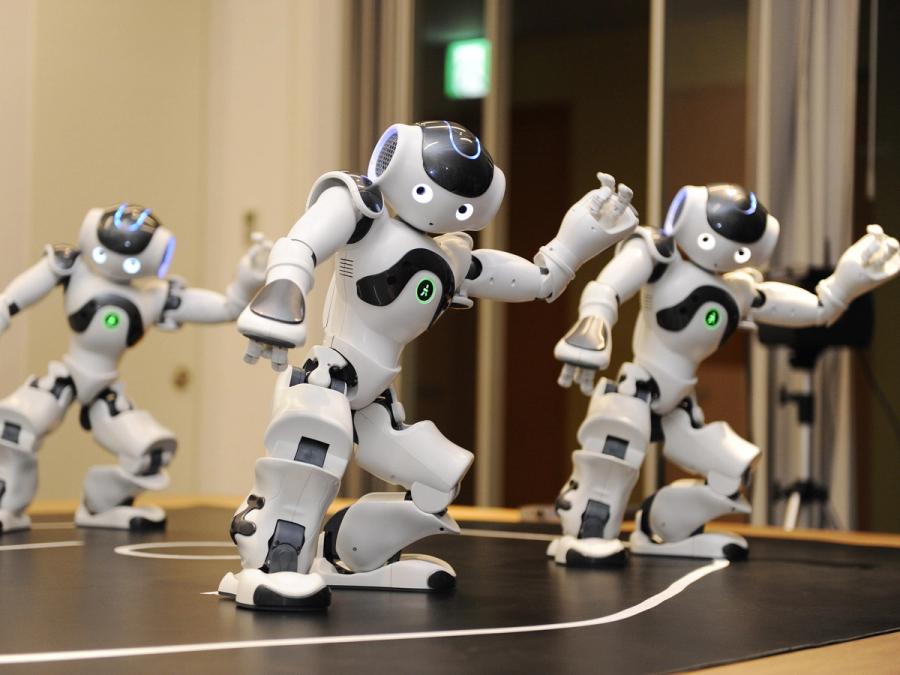

History
Founded in 2005 by French entrepreneur Bruno Maisonnier, Aldebaran Robotics became one of the world's leading companies trying to commercialize humanoid robotics. Aldebaran opened offices in France, China, and the United States. In 2008, the company launched the Nao robot, which has become an internationally adopted platform used in education and research in more than 600 universities, labs, and schools. Maisonnier's vision was that robotic companions to assist humans would no longer be science fiction but a realistic answer to the demands of an aging society. Aldebaran set out to explore humanoid robots in areas such as autistic child therapy, human-robot interaction, and personal robotics, employing more than 250 people, including 50 percent in R&D. In 2014, Aldebaran and SoftBank introduced a new, larger humanoid called Pepper, designed as a companion and helper robot. SoftBank acquired a majority stake in Aldebaran in 2015. In April 2022, United Robotics Group, in Bochum, Germany, acquired French subsidiary SoftBank Robotics Europe, headquartered in Paris. SoftBank Robotics Europe reverted to its former name of Aldebaran.
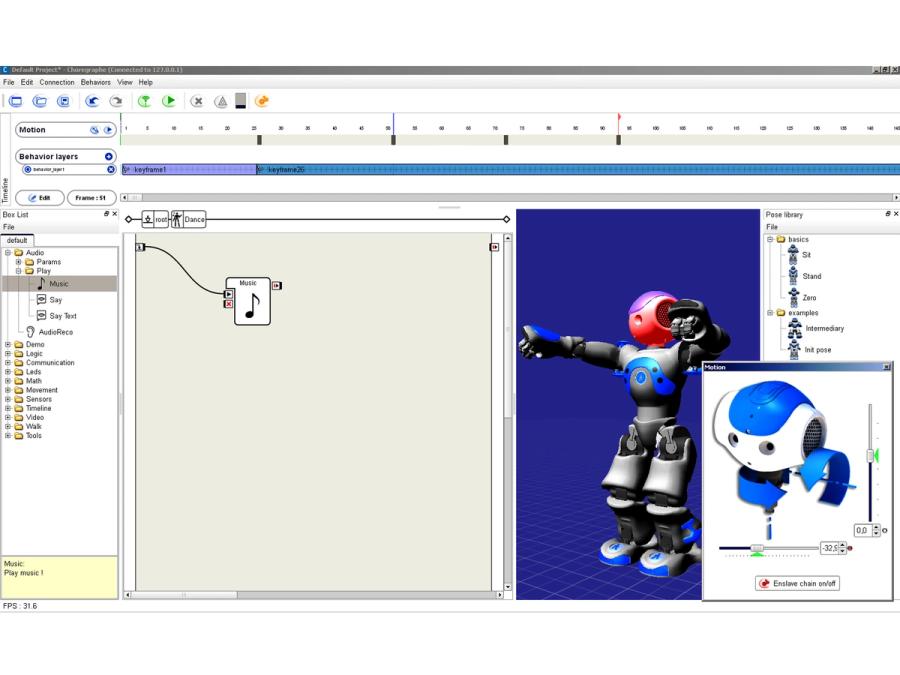

Specs
- Overview
Latest model: Nao6. Fully programmable platform. Able to track objects and recognize speech. Fall manager (detects falls and triggers protection) and fall recovery (able to stand up on its own). Speech recognition and dialogue available in 20 languages, including English, French, Spanish, German, Italian, Arabic, Dutch, Portuguese, Czech, Finnish, Russian, Swedish, and Turkish.
- Status
Ongoing
- Year
2008
- Website
- Width
- 31.1 cm
- Height
- 58 cm
- Length
- 27.5 cm
- Weight
- 5.5 kg
- Speed
- 0.3 km/h (default walking speed)
- Sensors
Two 5-megapixel OmniVision cameras, inertial unit with three-axis accelerometer and two gyros, sonar rangefinder, four omnidirectional microphones, two infrared sensors, nine tactile sensors, and eight pressure sensors.
- Actuators
25 Portescap brush coreless DC motors
- Degrees of Freedom (DoF)
- 25 (Head: 2 DoF; Arm: 5 DoF x 2; Pelvis: 1 DoF; Leg: 5 DoF x 2; Hand: 1 DoF x 2)
- Materials
Polycarbonate-ABS plastic, polyamide, and carbon-fiber-reinforced thermoplastic. Color: Dark grey.
- Compute
Intel Atom 1.91 GHz quad-core CPU, 4 GB RAM, 32 GB SSD, Bluetooth, Wi-Fi, and Ethernet.
- Software
Linux OS and Choregraphe suite for programming and visualization.
- Power
27.6-Wh lithium-ion battery, 90 minutes of operation
- Cost
- €7,000
